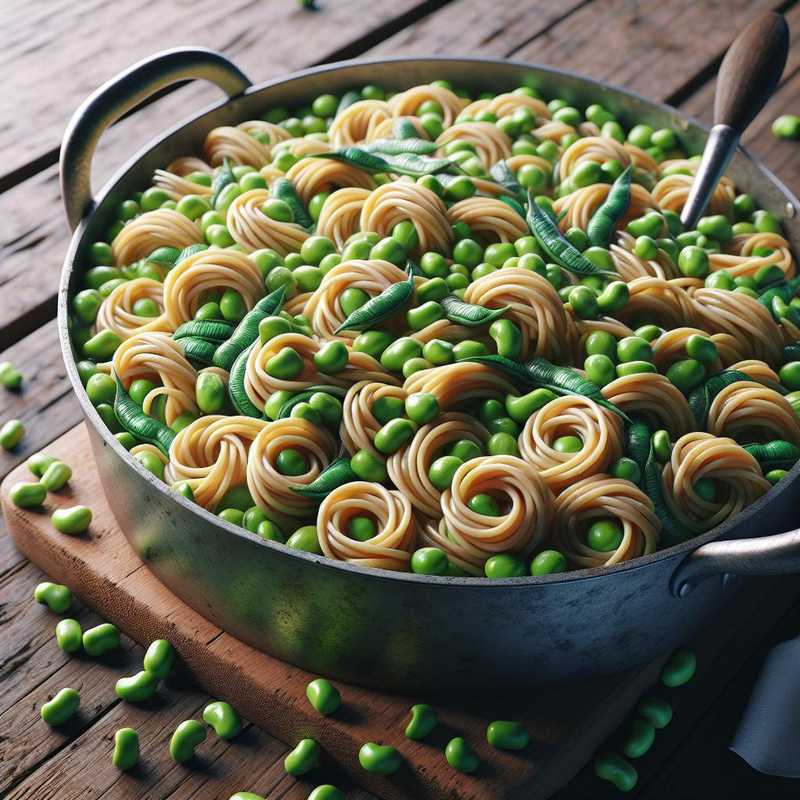Pasta with Fava Beans
17/11/2023Pasta with fava beans is a simple and flavorful dish, typical of spring when fresh fava beans are in season. Here is how to prepare this tasty dish.
Ingredients
- 320 g of pasta (penne, orecchiette, or the pasta you prefer)
- 400 g of shelled fresh fava beans
- 1 small onion
- 100 g of pancetta or guanciale (optional for an authentic Italian touch)
- Extra virgin olive oil
- Salt and pepper to taste
- Grated Pecorino Romano cheese (optional)
- Pasta cooking water (to reserve)
- A bunch of fresh mint (optional for a fresh aromatic note)
Preparation
- Start by preparing the fava beans. If they are fresh, you will need to shell them and remove the outer skin if it is particularly thick or if the beans are large. To facilitate this process, you can blanch the fava beans in boiling water for a couple of minutes and then plunge them into cold water before peeling.
- Finely chop the onion and, if you choose to use pancetta or guanciale, cut it into small cubes.
- Heat a drizzle of oil in a large pan and sauté the onion until it becomes translucent. If using the pancetta or guanciale, add it to the pan and let it brown until it becomes crispy.
- Add the fava beans to the pan and let them flavor on medium heat for about 10 minutes. If necessary, add a little water to prevent sticking.
- In the meantime, bring a pot of salted water to a boil and cook the pasta al dente, following the times indicated on the package.
- Drain the pasta, reserving a bit of the cooking water.
- Transfer the pasta to the pan with the fava beans and combine everything, adding some of the cooking water to make the sauce creamier.
- Season with salt and pepper and, if desired, add the grated pecorino cheese and hand-torn fresh mint leaves for a touch of freshness.
- Serve hot accompanied by additional pecorino cheese to taste.
Curiosity
Pasta with fava beans is a dish that embodies the simplicity and flavors of Italian home cooking. In some regional variants, chicory or other green leafy vegetables are added, creating a pleasant contrast of flavors. If fresh fava beans are not available, you can use frozen or dried ones (the latter will require long soaking and extended cooking). Tradition has it that this dish is served during the Easter period, representing a connection with the rebirth of spring nature.
